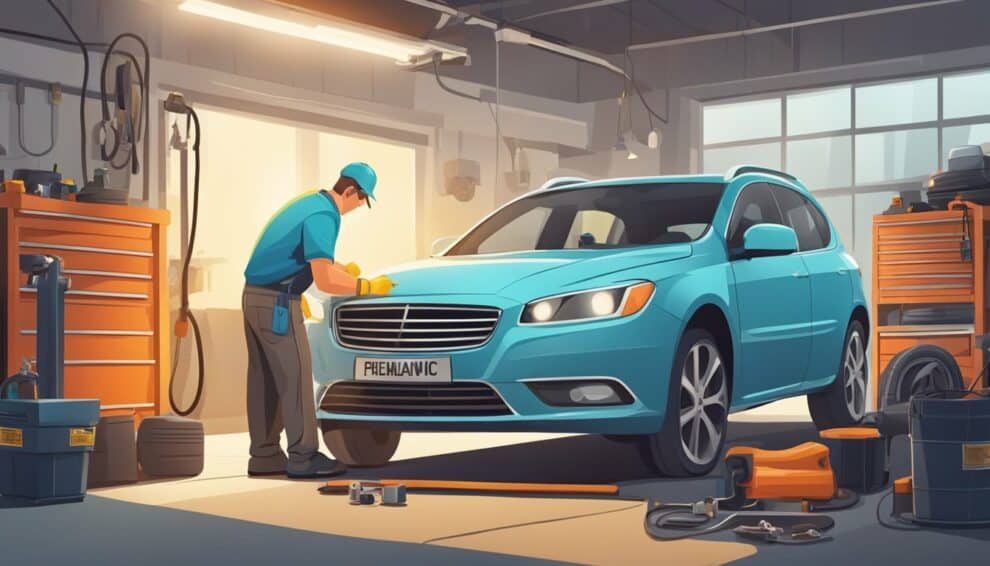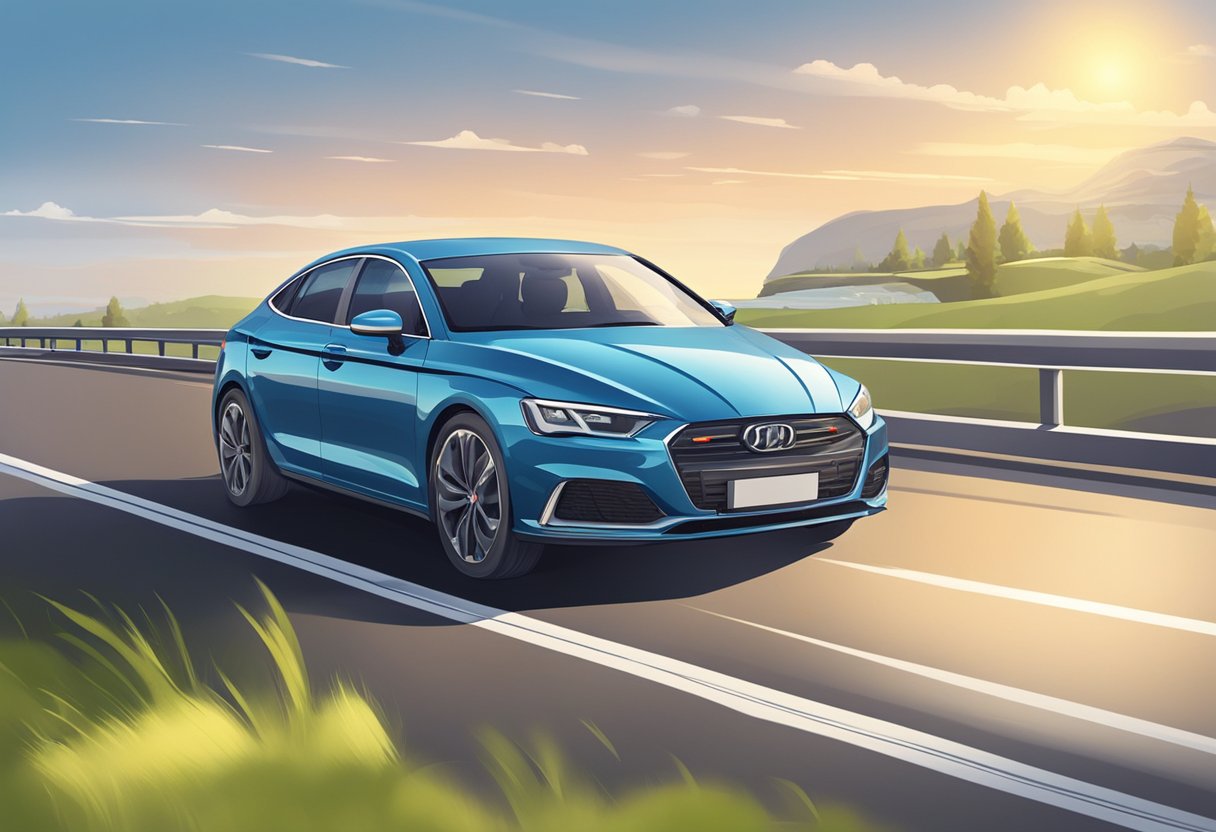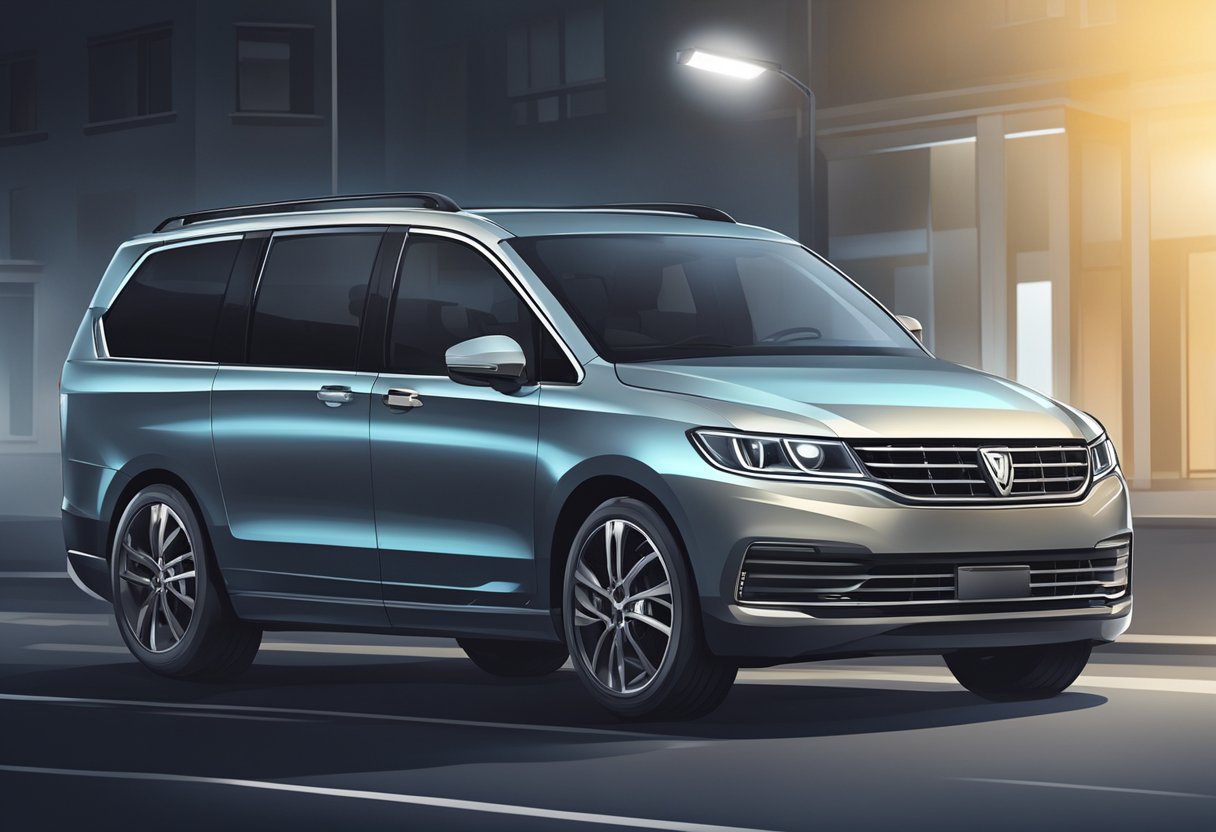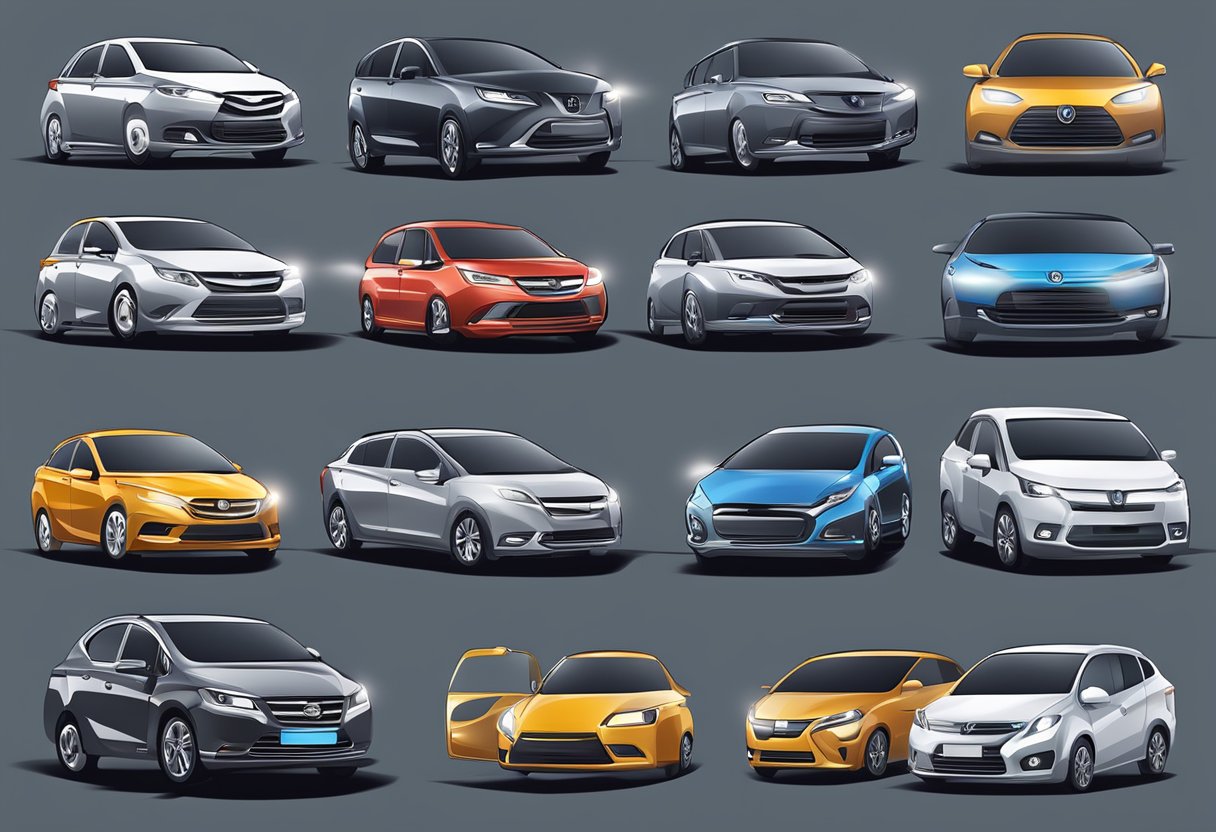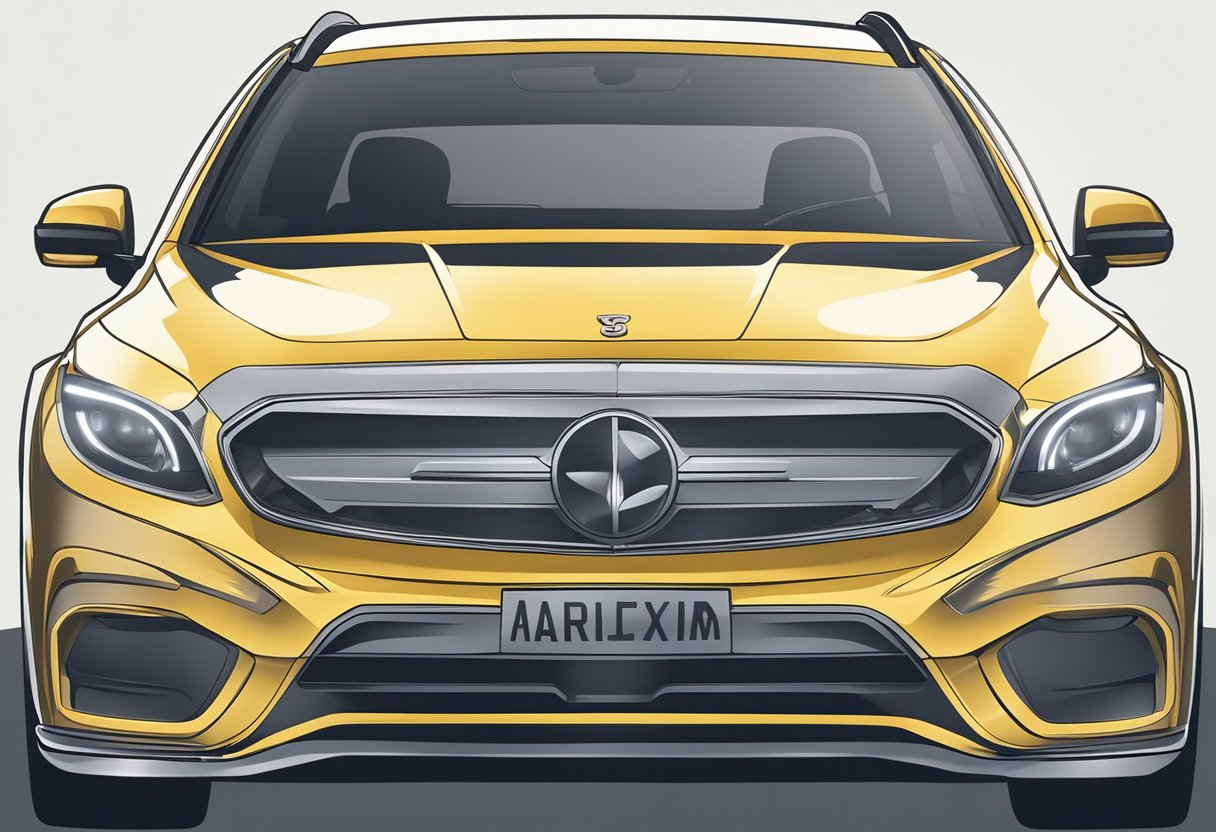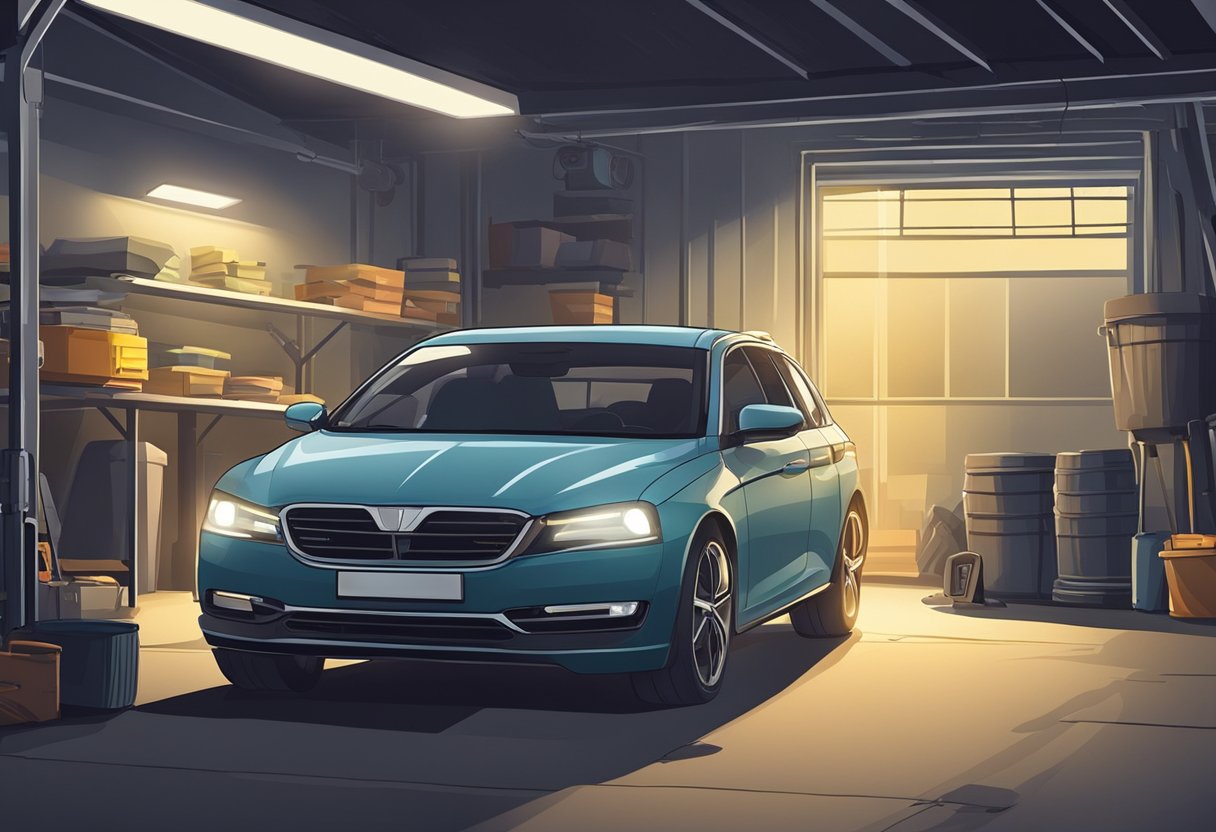Daytime Running Lights (DRL) are an essential component of modern vehicles. They are designed to improve visibility on the road during daylight hours and reduce the risk of accidents. DRLs are always on when the vehicle is in operation, and they automatically turn off when the headlights are turned on.
DRLs work by providing additional illumination to the front of the vehicle, making it easier for other drivers to see you coming. They are usually located in the front bumper or grille, and they are typically powered by the vehicle’s electrical system. DRLs are designed to be bright enough to be seen in daylight conditions, but not so bright that they cause glare or distraction for other drivers.
If your DRLs are not working properly, it is important to replace them as soon as possible. Not only will this improve your visibility on the road, but it will also help you avoid getting pulled over by law enforcement. In this article, we will provide you with a comprehensive guide on how DRLs work and how to replace them if necessary.
Understanding Daytime Running Lights
Purpose of DRLs
Daytime Running Lights (DRLs) are a safety feature that is designed to increase the visibility of your vehicle during daylight hours. They are usually located at the front of the car and are automatically turned on when the engine is started.
The purpose of DRLs is to make your vehicle more visible to other drivers, pedestrians, and cyclists on the road. They help to reduce the risk of accidents by making it easier for others to see your vehicle, especially in low light conditions such as dawn, dusk, or when driving in heavy rain or fog.
DRLs vs. Regular Headlights
DRLs are different from regular headlights in a few ways. Firstly, DRLs are always on when the engine is running, whereas regular headlights are only turned on when it is dark or when you manually turn them on.
Secondly, DRLs are designed to be less bright than regular headlights. This is because they are intended to increase your visibility to other road users without causing glare or distraction.
Finally, DRLs are usually located in a different position than regular headlights. They are often located in the front bumper or grille of the vehicle, whereas regular headlights are usually located in the headlight assembly.
Overall, DRLs are an important safety feature that can help to reduce the risk of accidents on the road. By increasing your vehicle’s visibility during daylight hours, they make it easier for other road users to see you and avoid collisions.
How Daytime Running Lights Work
Daytime Running Lights (DRL) are a safety feature installed in modern vehicles to increase visibility and reduce the risk of accidents during the day. In this section, we will discuss the various components of the DRL system, electrical circuitry, and activation mechanisms.
DRL System Components
The DRL system consists of several components, including the light source, control module, and wiring. The light source is typically an LED or halogen bulb that produces a bright, white light. The control module is responsible for turning the lights on and off automatically, while the wiring connects the various components of the system.
Electrical Circuitry
The electrical circuitry of the DRL system is designed to provide power to the lights while the vehicle is running. The circuitry includes a fuse to protect against electrical overload, a relay to control the flow of electricity, and a switch to activate the system.
Activation Mechanisms
There are several activation mechanisms for DRL systems, including automatic and manual activation. Automatic activation occurs when the vehicle is started and the lights turn on automatically. Manual activation involves turning on the lights manually using a switch or button.
Are Daytime Running Lights Effective in Preventing Glare from Oncoming Headlights at Night?
Daytime running lights can be effective in reducing night driving glare from oncoming headlights. By increasing visibility, they help drivers see and be seen by others, minimizing the impact of strong headlights. Implementing night driving glare avoidance tips like using daytime running lights can contribute to safer nighttime driving experiences.
Types of Daytime Running Lights
There are two main types of Daytime Running Lights (DRLs) available in the market. They are LED Daytime Running Lights and Halogen Daytime Running Lights. Let’s take a closer look at each type.
LED Daytime Running Lights
LED DRLs are becoming increasingly popular due to their energy efficiency, long lifespan, and brighter illumination. LED lights use less power than halogen lights, which makes them more energy-efficient. They also last longer than halogen lights, which means you won’t have to replace them as often.
LED lights are also brighter than halogen lights, which makes them more visible during the day. This increased visibility can help reduce accidents and increase safety on the road. LED DRLs are available in a variety of colors and styles, which means you can choose the one that best suits your vehicle.
Halogen Daytime Running Lights
Halogen DRLs are the traditional type of DRLs and are still commonly used in many vehicles. They are less expensive than LED lights, which makes them a popular choice for budget-conscious drivers. Halogen lights are also easier to replace than LED lights, which means you won’t have to spend as much time or money replacing them.
However, halogen lights are less energy-efficient than LED lights, which means they consume more power and generate more heat. They also have a shorter lifespan than LED lights, which means you’ll have to replace them more often. Halogen DRLs are available in a limited number of styles and colors, which means you may not be able to find the exact one you want for your vehicle.
Replacing Daytime Running Lights
If your daytime running lights (DRLs) are not working or have burned out, it’s important to replace them as soon as possible to maintain your vehicle’s safety. Here are some things to keep in mind when replacing your DRLs.
When to Replace DRLs
DRLs are designed to last a long time, but they will eventually burn out. If you notice that your DRLs are not working, it’s important to replace them right away. Driving without DRLs can make it difficult for other drivers to see you, especially during inclement weather or low-light conditions.
Choosing the Right DRL Bulbs
When replacing your DRLs, it’s important to choose the right bulbs for your vehicle. Check your owner’s manual or consult with a professional to determine the correct size and type of bulb for your specific make and model.
Step-by-Step Replacement Guide
Replacing your DRLs is a relatively simple process, and can be done in just a few steps:
- Turn off your vehicle and let it cool down for a few minutes.
- Locate the DRL bulb that needs to be replaced.
- Remove the old bulb by gently twisting it counterclockwise and pulling it out of the socket.
- Insert the new bulb by gently pushing it into the socket and twisting it clockwise.
- Test the new bulb to make sure it’s working properly.
- Repeat the process for any other DRL bulbs that need to be replaced.
Remember to always wear gloves when handling bulbs, as oils from your skin can cause them to burn out prematurely. Additionally, be sure to dispose of old bulbs properly, as they contain hazardous materials.
By following these simple steps, you can replace your DRLs quickly and easily, ensuring that your vehicle remains safe and visible on the road.
Troubleshooting Common DRL Issues
If you are experiencing problems with your daytime running lights (DRL), there are a few common issues that you may encounter. Here are some troubleshooting tips to help you diagnose and fix the problem.
DRLs Not Working
If your DRLs are not turning on, there are a few things you can check. First, make sure that your headlights are turned off, as DRLs are designed to turn off automatically when the headlights are turned on. If your headlights are off and your DRLs are still not working, check the fuse and relay for your DRLs. If the fuse or relay is faulty, it will need to be replaced.
Another possible cause of DRLs not working is a faulty light sensor. The light sensor is responsible for detecting when it is daytime and turning on the DRLs. If the sensor is not working properly, it may need to be replaced.
Flickering Lights
If your DRLs are flickering, there are a few possible causes. One common cause is a loose or damaged wiring connection. Check the wiring connections for your DRLs and make sure they are secure and free from damage.
Another possible cause of flickering DRLs is a faulty alternator. The alternator is responsible for charging the battery and providing power to the electrical system. If the alternator is not working properly, it may cause the lights to flicker.
Error Messages
If you are seeing error messages related to your DRLs, such as a warning light on your dashboard, there may be a problem with the DRL control module. The control module is responsible for controlling the DRLs and communicating with the vehicle’s computer. If the control module is faulty, it may need to be replaced.
In summary, if you are experiencing problems with your DRLs, there are a few common issues that you may encounter. Check the fuse and relay, wiring connections, light sensor, alternator, and control module to diagnose and fix the problem.
As an Amazon Associate we earn from qualifying purchases.







